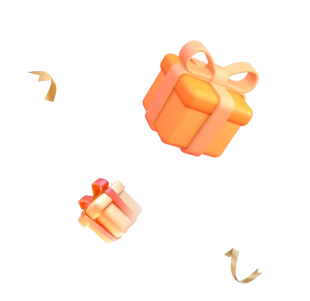As winter approaches, lawn growth slows dramatically
- Cool-season grasses (common in northern US, Europe, Canada, etc.) go dormant and turn brown, conserving energy until spring.
- Warm-season grasses (common in southern US, Mediterranean, Australia, NZ) also turn brown as weather cools.
Because of these differences, winter care depends on your grass type and climate. Below are tips for each type and region, plus mower maintenance for the off-season.
Key takeaway: Want to know your type of grass in your area? Click👉Global Lawn Grass Guide:Best Types for Your Climate
Cool-Season Grasses
Cool-season lawns (e.g. bluegrass, fescue, ryegrass) thrive in cooler climates. In winter they enter dormancy.
Key care steps include:
- Autumn feeding:
- Last mowing:
- Leaf and debris removal:

Source: https://www.cuttingthegreen.net/services/leaf-removal
- Minimize traffic:
With these steps, cool-season lawns stay strong under snow or frost. They will green up again in spring.
Warm-Season Grasses
Warm-season lawns (e.g. Bermuda, St. Augustine, Zoysia, Buffalo, Couch, Kikuyu) flourish in summer heat. In winter, they naturally go brown rather than grow. Winter care for warm-season grasses usually involves reducing inputs:
- Reduce watering:
- Raise mowing height:
- End fertilization:
- Weed control:

Source: https://www.cuttingthegreen.net/services/leaf-removal
- Optional overseeding:
If you want a green lawn in winter, consider overseeding Bermuda or Zoysia with a short-lived ryegrass in autumn. Keep the new grass watered until it’s established; it will fade in spring, letting the warm-season grass return.
In winter, warm-season lawns will appear brown or patchy. Focus on gentle care and protection; they will "wake up" when warm weather returns.

Source: schoolipm.tamu.edu
Mower Care for Winter
Tips For All Types of Mowers
1. Give It a Final Clean-Up
Clean all grass clippings, dirt, and dust build up in surprising places. Take a few minutes to brush everything off, especially around the wheels, blades, and vents.
- Tip for robotic mowers: stick to a soft brush or damp cloth. A garden hose may seem handy, but water can sneak into electronics and cause damage.
2. Sharpen and Protect the Blades
A dull blade tears grass instead of cutting it, leaving your lawn ragged. Sharpen the blades now so you’re ready for crisp cuts come spring. Wipe them clean and add a light coat of oil to prevent rust.
3. Fuel System Care (Gas Mowers Only)
Old fuel can gum up the carburetor. Either run the tank dry or add a fuel stabilizer. This little step can save you a costly repair.
4. Fresh Oil & Filters
Think of it as a spa treatment for your mower’s engine. Fresh oil and clean filters mean less wear and tear during storage.
5. Look After the Battery
For electric and robotic models, batteries don’t like to sit ignored. Store them in a cool, dry place and avoid letting them fully discharge.
6. Store It Right
- Choose a dry, frost-free spot (garage, shed, or basement).
- Don’t pile heavy stuff on top.
- Cover it with a breathable cloth: plastic traps moisture.
Extra Tips For Robotic Mower Users
1. Care for the Battery
- Fully charge before storing.
- Disconnect or remove the battery if your manual suggests it.
- Top it up every 8–10 weeks if unused for long stretches.
- Keep it away from freezing temperatures.
2. Docking Station & Cables

Clean off any debris and unplug the station. If you live where snow and frost are common, bring the docking station indoors. Coil and store boundary or guide wires neatly.
3. Don’t Forget Firmware Update
Before storage, check for firmware updates. Many robotic mowers also have quick diagnostic tools—run , so you know sensors and navigation are working as they should.

Winter lawn care isn’t about doing more, instead, it’s about doing the right things at the right time. By tailoring your approach to your grass type and climate, and giving your mower a little attention and maintenance, you set the stage for a greener, healthier, and more resilient lawn come spring.






Hinterlasse einen Kommentar
Diese Website ist durch hCaptcha geschützt und es gelten die allgemeinen Geschäftsbedingungen und Datenschutzbestimmungen von hCaptcha.